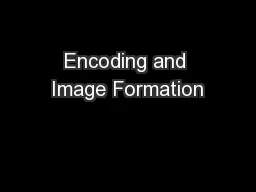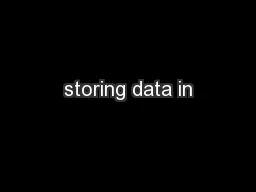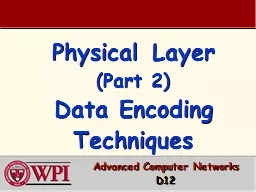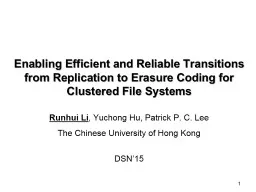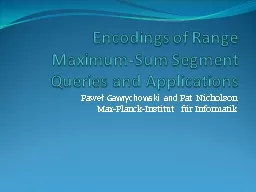PPT-Encoding and Image Formation
Author : cheryl-pisano | Published Date : 2016-10-15
Gradients Slice selection Frequency encoding Phase encoding Sampling Data collection Introduction Encoding means the location of the MR signal and positioning it
Presentation Embed Code
Download Presentation
Download Presentation The PPT/PDF document "Encoding and Image Formation" is the property of its rightful owner. Permission is granted to download and print the materials on this website for personal, non-commercial use only, and to display it on your personal computer provided you do not modify the materials and that you retain all copyright notices contained in the materials. By downloading content from our website, you accept the terms of this agreement.
Encoding and Image Formation: Transcript
Download Rules Of Document
"Encoding and Image Formation"The content belongs to its owner. You may download and print it for personal use, without modification, and keep all copyright notices. By downloading, you agree to these terms.
Related Documents

